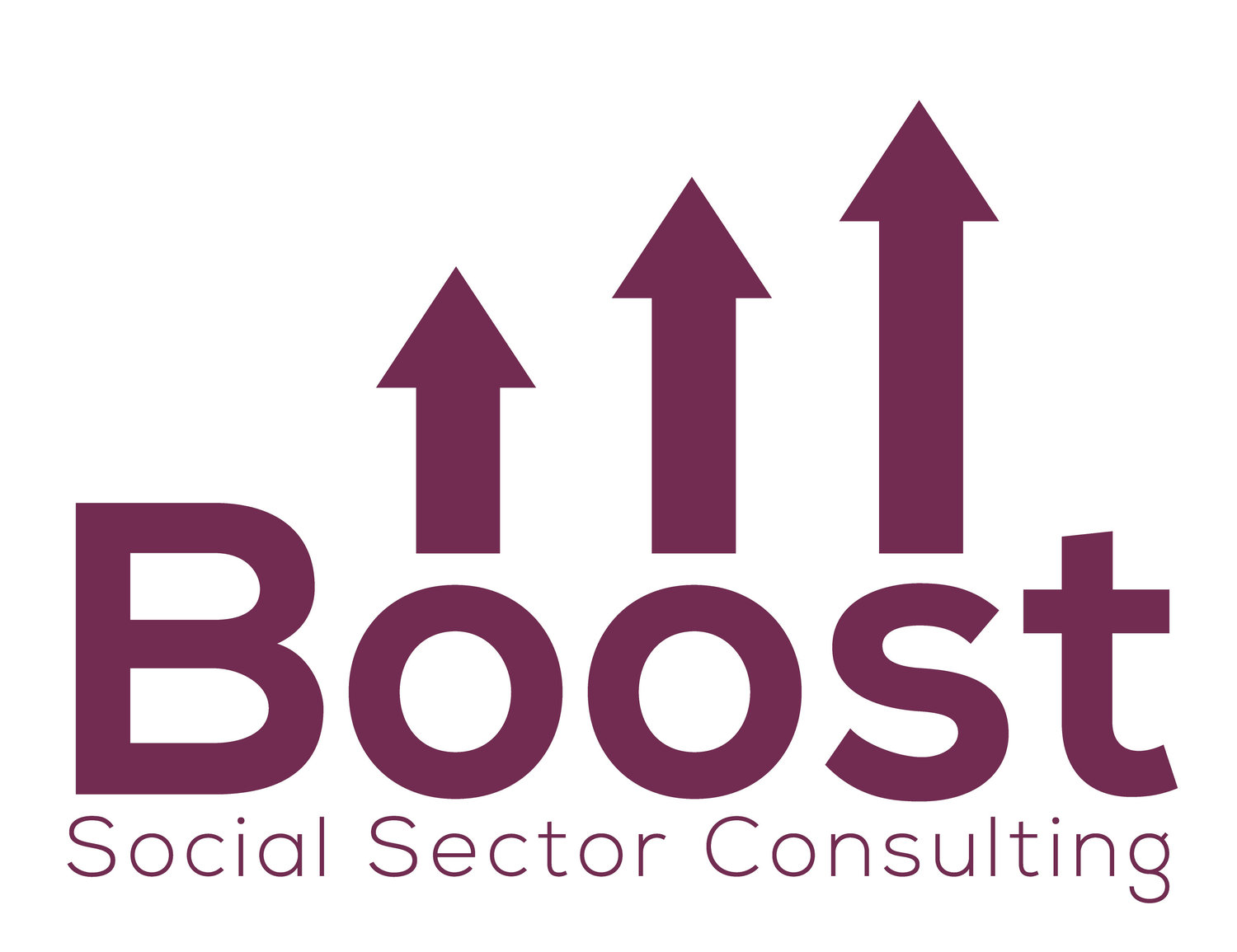Minimum Viable Impact
/By Amanda Huminski
Click on any nonprofit management blog and you’re likely to find an article about scale. How to scale programs, how to maintain culture at scale, how to scale sustainably… the list goes on. These articles, for the most part, are talking about how to scale up. If your organization is well-managed, your programs are impactful, and your financials are solid, there is an obvious question about where to go next. But what about the other end of scale? What if growth isn’t on the horizon? What if, in fact, you’re dealing with the opposite question – should your nonprofit shrink, or even more difficult, should your organization cease to exist at all?
Many nonprofits are formed in response to a timely and obvious need that’s likely to quickly garner support, or in response to a significant funding opportunity to address some issue, or as an initiative of a for-profit company. In these instances, the nonprofit may begin its lifecycle somewhat mid-stream, already on a growth trajectory. However, many more nonprofits begin much smaller – a part-time passion project, a good idea, or, as in the case of a recent Boost client, a group of parents brainstorming ways to raise money to contribute to small-scale improvements at their local elementary school.
According to Guidestar, the vast majority (66.3%) of nonprofits are small, grassroots organizations with budgets under $1M. Many Elementary School Foundations, like our recent client, fall on the “micro” end of this definition of “small” organizations. It raises the question: how small is too small? At what point should your successful passion project become an official 501(c)3, or at what point should your fledgling 501(c)3 cease operations and go dormant (if only temporarily)?
In product development, R&D teams often talk about Minimum Viable Product (MVP). The idea of MVP is to quickly introduce a product without extra frills or over-design, in order to deliver a set of core features to early-adopters and evaluate the likelihood of growth and consumer interest. If your inexpensive MVP is a hit, it’s a good sign that investing more in subsequent versions of the product will lead to success. If your MVP is a flop, well, at least you didn’t waste valuable time developing a robust, over-engineered product that nobody wants.
At Boost, we like to talk about the threshold for micro nonprofits in terms of Minimum Viable Impact (MVI). What is the Minimum Viable Impact that justifies the continued existence (or formation) of a nonprofit? The following questions can help determine whether an organization has met this threshold.
Is impact in your field easy to measure? If impact in your field is incremental or difficult to measure, and your nonprofit has been in a nascent state for some time, it may be difficult to find a catalyst for growth. Without consistent and convincing impact data, short of some lucky windfall, it may be difficult get the kickstart you need to move to the next level.
What kind of impact could you make if your budget doubled tomorrow? Is it obvious where you could put an influx of cash to the best use, immediately? If not, your nonprofit may be lacking in concrete goals and an obvious path towards impact.
What would happen if you shut your doors immediately? Would constituents be left out in the cold? Would progress on some issue make an immediate backslide? Or, would the world go on mostly as before? Would some other donor or organization immediately step in to fill the gap your absence creates? If so, your nonprofit may be creating a “market” inefficiency and duplicating efforts.
While these questions may be difficult to reckon with, there is a collective responsibility in the nonprofit sector to take them seriously. While not every organization must scale up, as stewards of the public good and donor dollars, investment in growth should make the most efficient use of time and resources.


